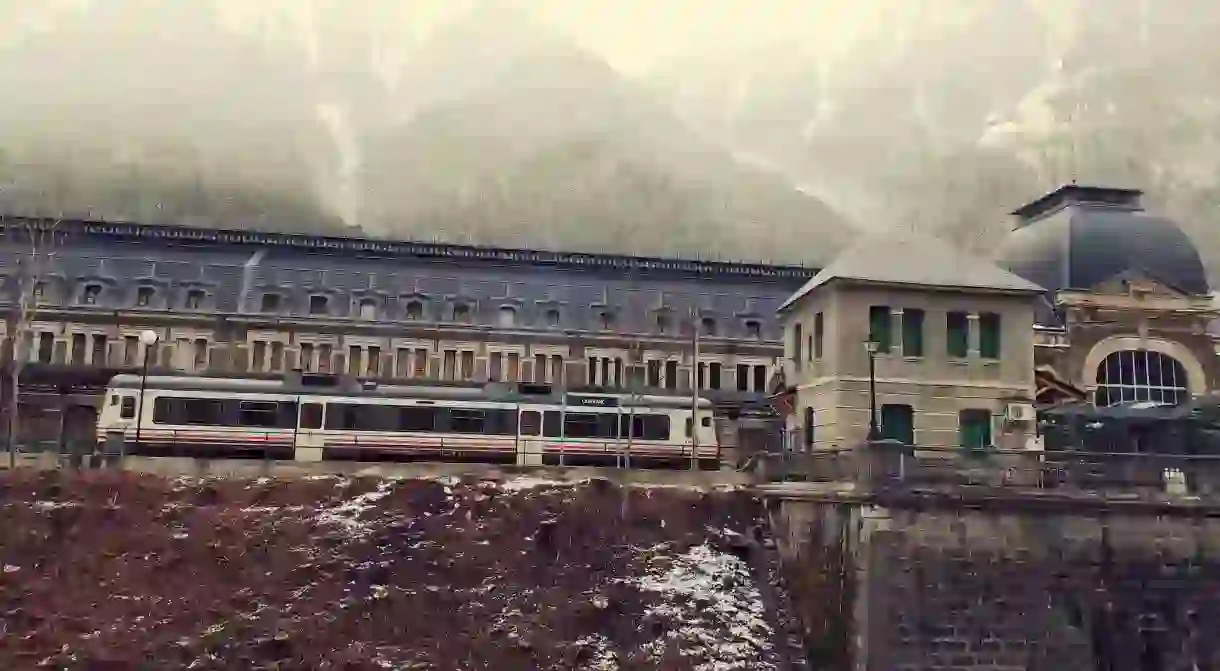Is Europe's Biggest Ghost Station About to Be Resurrected?

One of Europe’s most ambitious and ultimately unsuccessful train stations, nestled high in the Pyrenees, is to undergo a multimillion euro revamp.
Canfranc International Railway Station, on the French-Spanish border, has an unusual history – from its beginnings uniting the two countries in trade and its role as a smuggling point for Jews during World War Two, to being a filming location for one of the most famous films of the 1960s and eventually falling into disrepair.
But the train station, which once held so much hope for the two countries it serviced, will be restored to its former glory during a €200 million refurbishment, the BBC reported this week.
Once dubbed the ‘Titanic of the Mountains’ Canfranc train station suffered a similarly tragic fate to its ocean liner namesake.
It was inaugurated to great fanfare in 1928 in hope that it would unite France and Spain, opening up the inaccessible Pyrenees to trade and making it easier for people to travel across the border.
But almost immediately, the station ran into trouble. The railway gauges were different sizes in France and Spain, so passengers had to change trains at the border, making journeys long and laborious.

Spanish dictator Francisco Franco ordered the railway tunnels sealed off during the Spanish Civil War (1936-39) to prevent Republican soldiers from smuggling weapons from France.
But by World War Two, the station was the destination for thousands of Jews who escaped into Spain.
The station fell into disrepair after the war, and was used as a filming location for the 1965 classic Dr Zhivago.
It closed for good in 1970 but the regional government of Aragón, in Spain, has grand plans, hoping to restore and reopen the station as a hotel and even reopen the line to France as the Western Trans-Pyrenean Line.
The French regional powers in Aquitaine have agreed to the plans and will stump up €200 million to restore the railway line, and with two trains a day already running on the Spanish side, the station looks set to be resurrected to its former glory in as little as five years.













